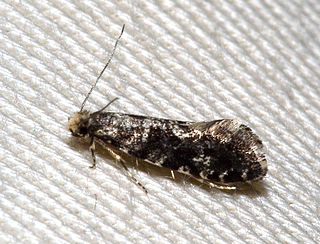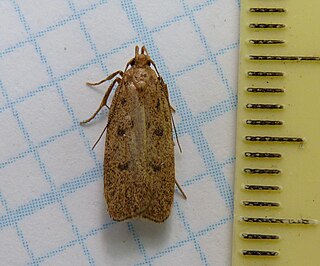
Malesia is a biogeographical region straddling the Equator and the boundaries of the Indomalayan and Australasian realms, and also a phytogeographical floristic region in the Paleotropical Kingdom. The original definition by the World Geographical Scheme for Recording Plant Distributions included Papuasia, but this was split off in its 2001 versions.

The Big Bend is part of the Trans-Pecos region in southwestern Texas, United States along the border with Mexico, north of the prominent bend in the Rio Grande for which the region is named. Here the Rio Grande passes between the Chisos Mountains in Texas and the Sierra Madre Oriental in Mexico as it changes from running east-southeast to north-northeast. The region covers three counties: Presidio County to the west, Brewster County to the east, and Jeff Davis County to the north.

Fauna is all of the animal life present in a particular region or time. The corresponding term for plants is flora, and for fungi, it is funga. Flora, fauna, funga and other forms of life are collectively referred to as biota. Zoologists and paleontologists use fauna to refer to a typical collection of animals found in a specific time or place, e.g. the "Sonoran Desert fauna" or the "Burgess Shale fauna". Paleontologists sometimes refer to a sequence of faunal stages, which is a series of rocks all containing similar fossils. The study of animals of a particular region is called faunistics.

Tineidae is a family of moths in the order Lepidoptera described by Pierre André Latreille in 1810. Collectively, they are known as fungus moths or tineid moths. The family contains considerably more than 3,000 species in more than 300 genera. Most of the tineid moths are small or medium-sized, with wings held roofwise over the body when at rest. They are particularly common in the Palaearctic, but many occur elsewhere, and some are found very widely as introduced species.
Armintomys is an extinct genus of rodent from North America related to jerboas and jumping mice. It is the only genus in the family Armintomyidae. It lived during the early Eocene, and is the oldest known example of a hystricomorphous zygomasseteric dentition. In addition, Armintomys is also the oldest known rodent that had an incisor enamel transition from pauciserial to uniserial. Its remains have only been found in the Wind River Basin in Wyoming, and could be found there during the species' existence on Earth. It was previously assumed that Armintomys belonged to the Dipodoidea family, but has since been understood to have been part of an early radiation of dipodoid rodents, but was not directly ancestral to any later dipodoids, thus it was recategorized into its own family.

The Symmocinae are a subfamily of moths in the superfamily Gelechioidea. These small moths are found mainly in the Palearctic and Africa.
Dysspastus baldizzonei is a moth of the family Autostichidae. It is found on Crete.
Dysspastus fallax is a moth of the family Autostichidae. It is found on the Iberian Peninsula and in France.
Dysspastus gracilellus is a moth of the family Autostichidae. It is found on Sicily.
Dysspastus hartigi is a moth of the family Autostichidae. It is found in Italy.
Dysspastus ios is a moth of the family Autostichidae. It is found on the Cyclades, an island group in the Aegean Sea.
Dysspastus lilliput is a moth of the family Autostichidae. It is found on Malta in the Mediterranean Sea.
Dysspastus mediterraneus is a moth of the family Autostichidae and subfamily Symmocinae. It is found on Sicily.

Dysspastus musculina is a moth of the family Autostichidae. It is found in Greece.
Dysspastus perpygmaeella is a moth of the family Autostichidae. It is found on Corsica and Sardinia.

Dysspastus is a Palearctic moth genus in the family Autostichidae.
Dysspastus cinerascens is a moth in the family Autostichidae. It was described by László Anthony Gozmány in 1969. It is found in Asia Minor.
Dysspastus djinn is a moth in the family Autostichidae. It was described by László Anthony Gozmány in 1963. It is found in Lebanon.
Dysspastus erroris is a moth in the family Autostichidae. It was described by László Anthony Gozmány in 1962. It is found in Algeria.
Dysspastus hebraicus is a moth in the family Autostichidae. It was described by László Anthony Gozmány in 2008. It is found in Israel.





